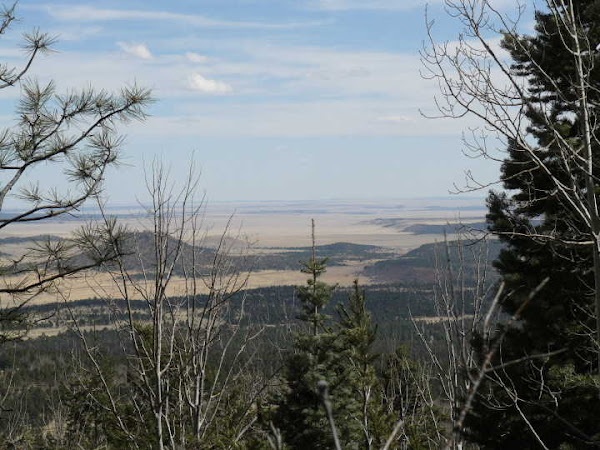Drilling Mora County
Direct quotes below from instructions on selling oil and gas leases for landmen in Ohio:
Land paper to address those specific concerns. Residential owners will not know that we pull water
directly from the local aquifer.
•Property values - Multiple studies have shown that property values decrease for land with oil and gas
leases on the property. Avoid this topic. Some major banks have stopped issuing mortgages on
properties with leases for mineral and oil/gas rights, including Wells Fargo, Bank of America, and
other large financial institutions. This is a no-win discussion point. If backed into this issue, talk
about the potential revenues and the overall needs of the nation. China bought more oil than the
United States last year!
•Enhanced Oil Recovery - The overall plan is to drill exploratory wells, and then use more advanced
techniques to get at the small oil pockets we find. This will require multiple well heads, where we
pump in high volume of water and chemicals, much the same manner as in the fracing process. DO
NOT DISCUSS this point. We want no correlation between fracing and enhanced oil recovery
processes. We do not want landowners aware char we may have to drill many well heads in a single
area. After we have the leases signed we have the freedom to use the land as we see fit. If needed we
can even write leases with "No Fracing" positions, and even with these lease modifications we can
legally drill multiple wells and insert high pressure "extractants".
•Lease Term -This is another area of concern that you can alleviate with the right wording. The lease
is for 5 years. Sometimes landowners will read the lease before signing and realize that the lease - renews automatically if any oil/gas are produced from the well. Do not stress this point. Just state that
- the lease is for 5 years. They don't need to know, or discover through discussions with us, that the
lease can extend indefinitely with no further permission from the landowner.
•More educated landowners may know that we often sell our land leases to
larger corporations. While this if often true, we do not always sell our interests. So it
is reasonable to say that we plan all development in Ohio without partners. Future
plans do not need to be fully disclosed, and they may evolve as we do exploratory
drilling.
• Most landowners will not know the difference between hydraulic fracturing and the process
of Slick Water Hydraulic Fracturing. Use that to your advantage. Most [water] wells in southern
Ohio were drilled and then hydraulically fractured to make a viable source of water. Tell
them that. Fracing is safe! There is nothing unsafe about the fracing process, if there was, it
would never have been used in their wells. If anyone knows about slick water fracturing,
avoid the topic. DO not discuss the chemicals and other material used during slick water
fracturing. The better strategy is to sate that the chemical mixtures used are proprietary and
are highly diluted with water when injected. Reassure landowners that no well
contamination has ever been documented. *Do not mention water contamination in
Pennsylvania.* We do not want to associate ourselves with potential ground water issues.
[Emphasis in original document]
• Noise -Another argument against drilling is noise. Do not deny that the initial setup can be noisy,
like building a home nearby. No one objects to new homes under construction. Say that the noisy
portion of the operation is upfront and over quickly compared to the entire operation. This pan of
the process can take up to a year, but do not emphasize overall time. The well may last for 40 years,
so one year of noise is not bad. If pressed for details tell them we monitor noise to ensure it is
approximately 80 db at 200 feet. They will likely not understand the details, and will not admit that
the technical data means little to them. *Do not compare it to anything tangible, like train noise or
airplane noise. Stick with the numbers, they provide the truth hut make it hard to understand the
exact implication.* [emphasis added]
• Well Pad Size - Many people ask about their land and how much will be used. During the initial
drilling, pad sizes of approximately 20 acres are necessary. After drilling and fracturing, the well will
be on a land size of approximately 5 acres. Stress the five acres. Do not talk about the initial setup
unless absolutely pushed on details and timeline for the drilling. After the lease is signed we will be
able to deal with landowner concerns.
• Well Spacing- This rarely comes up. Landowners do not realize that multiple wells will be necessary.
Wells are most effective if spaced 40 acres or further apart. This sounds like a large number, use it.
Some might ask how many wells will be in a square mile. *Don't answer that question.* Most
landowners will not realize that 10-20 wells can be placed in a square mile. Landowners normally
own less than 5 acres, unless it is a farm. 40 acres will be a large enough number that wells will seem
to be far apart in their mind. [emphasis added]











